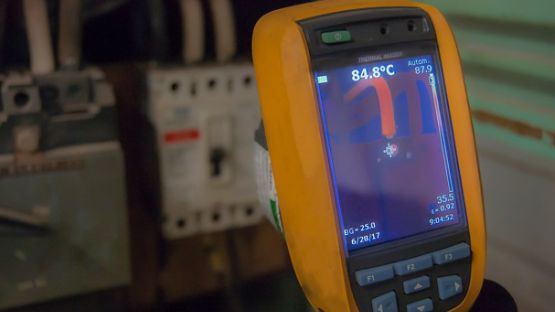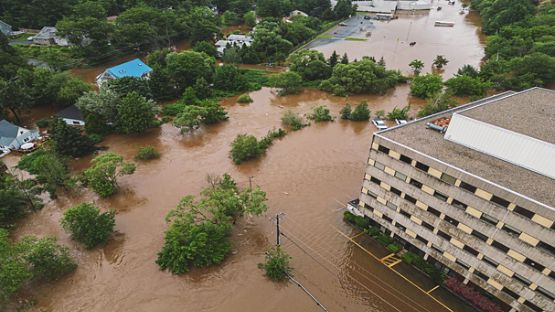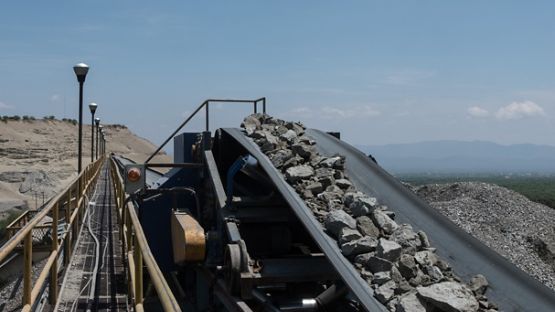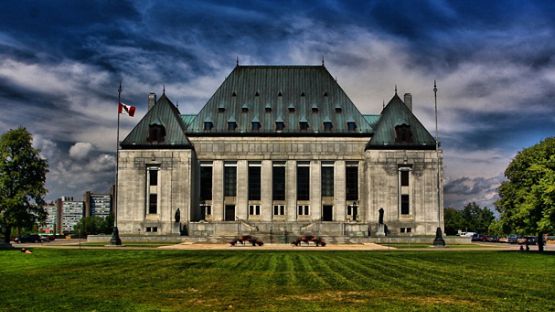Whether you own or lease a building or are simply part of an organization that operates within one, energy management may not be at the top of your list of priorities. But how much it costs to operate the business typically resonates with most individuals.
The financial and environmental impact of energy use is a growing topic of concern. Without an energy management strategy, your business has set itself up for costly fixes and upgrades now in the future. Given the escalating state of climate change worldwide, businesses should be looking to imbed an energy management plan as part of normal business operations sooner rather than later.
What is energy management?
Energy management generally considers using the least amount of energy to operate a business, produce its goods or services, and provide human comfort without affecting overall efficiencies.
Approaches to energy management can vary from low to high-cost methods and should be considered as part of a business’s overall plan for financial, competitive and environmental goals.
How to build an energy management plan
Any strategy for creating an energy management program will be focused on continuous improvement of energy performance. Whether it's finding ways to improve your gas emissions report or decreasing your net consumption, your business can make a difference. Your management plan can include three dimensions:
Organizational factors
Building an energy plan into the core of how a business operates and manages resources starts with ensuring you have the “top down” support and an understanding of the current state of your business operations. You’ll need to consider:
- Getting leadership buy-in to investigate and invest in an energy management plan
- Doing benchmarking and an energy consumption audit analysis
- Including implementation of the plan and internal feedback to the organization on performance
Technical factors
It’s important to understand how energy is lost throughout your building envelope, including windows, exterior walls, roofs, basement and insulation. Major consumers of a typical building include heating and cooling equipment, lighting, motors, fans, elevators and production equipment. Buildings are holistic systems rather than individual functioning items as consumption and their inefficiencies affect each other.
Reviewing and exploring energy improvement possibilities related to your building can include:
- New products – energy efficiencies in the building envelope, such as adding insulation, windows with improved R/U values or sealing exterior areas that are vulnerable to air leakage and infiltration
- New technology – including building system such as building/energy automation systems (BAS or EMS), motion activated and time delayed lighting, heat recovery, solar or alternative energy supplies
- Operation & maintenance – Use of predictive maintenance tools (i.e. infrared thermography), preventative (routine inspections and servicing), and breakdown (having spare or replacement parts onsite)
Behavioral factors
Energy management depends on people as much as the building and technologies we work and live in. Residents, employees and visitors have a strong role to play in a building’s energy management. Aspects to people function and energy management include:
- Educating and providing information to facilities and maintenance staff as to the impacts of behavior on energy
- Designing a building to work with the how the occupants use it, such as lighting and what temperature is optimal for comfort
- Investing in building repairs, upgrades and energy management plan reviews to decrease energy consumption and greenhouse gas emissions
How to get started on your corporate energy management plan
All three dimensions of creating your own energy management plan must be included to have an effective plan. Look for certified professionals with Building Energy Assessment Professional (BEAP) or similar designations through ASHRAE.
Concerned about cost? Look into government programs and financial grants that are available to building owners.
Learn more about energy management plans
For more information about energy management, talk to your insurance broker or Aviva’s Risk Management Solutions team at arms.canada@aviva.com.
Helpful resources to learn more:
- What are ASHRAE energy audits?
- Financial assistance for industrial energy management projects
- Canadian Industry Program for Energy Conservation
- Energy use in the commercial/institutional building sector in Canada
- Energy Star rebates and incentives directory













